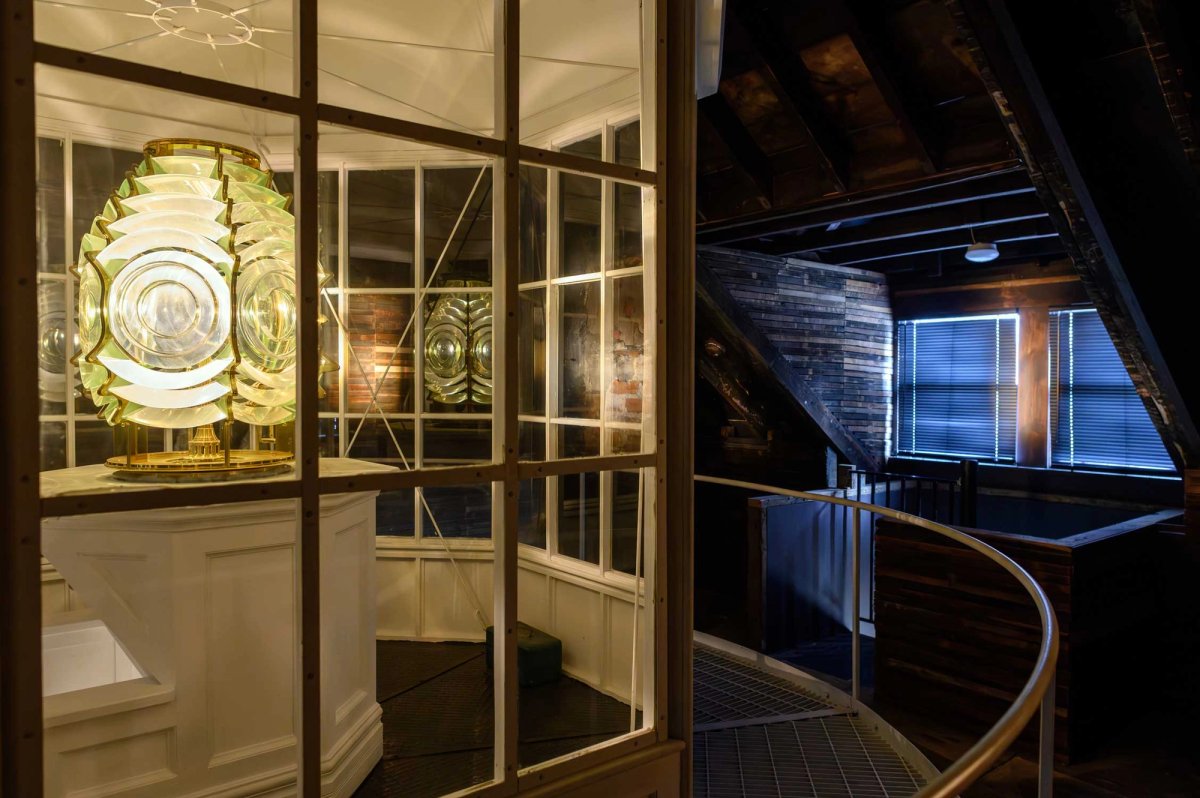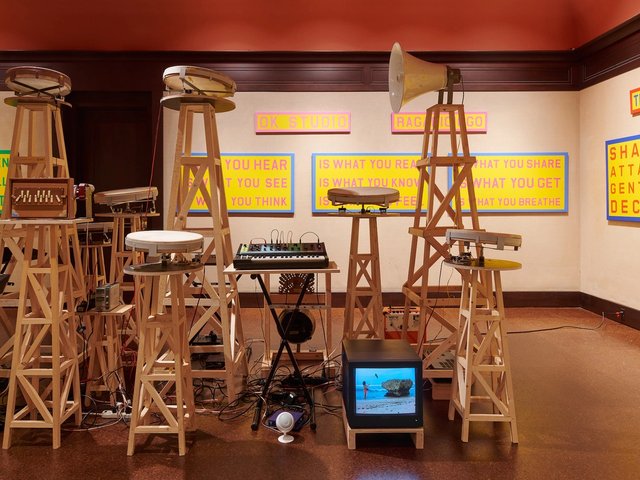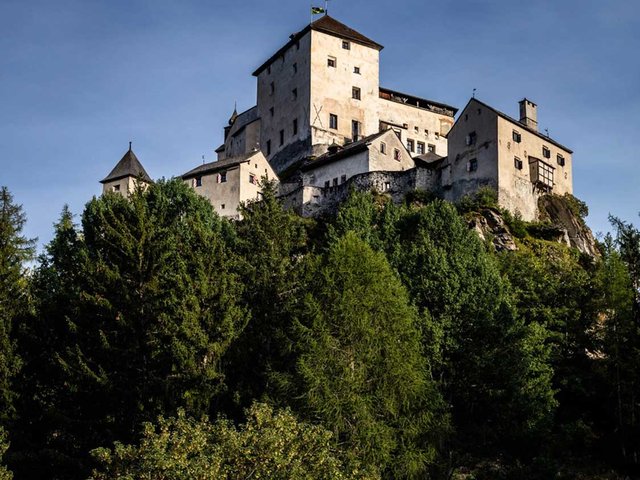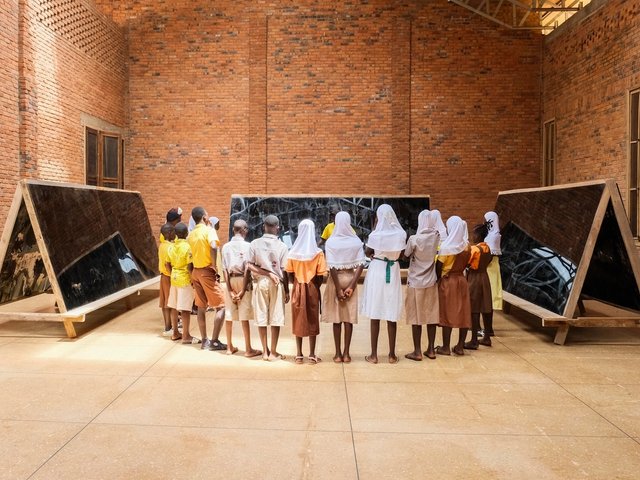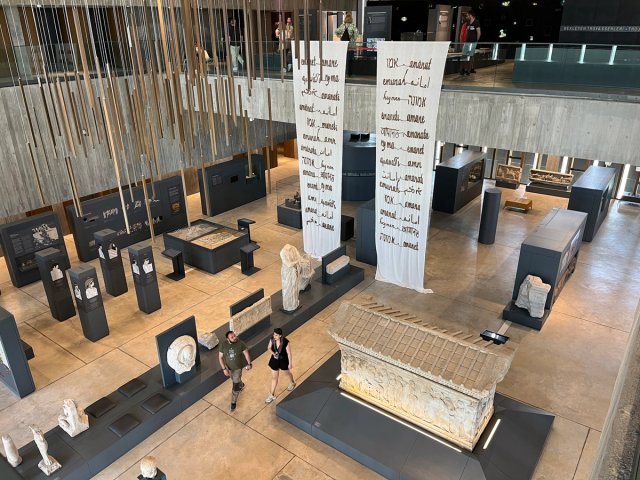In an otherwise unassuming neighbourhood in Pittsburgh, inside what look like average urban homes, a collection of transformational art installations are waiting to be discovered. Step through the door of one of the Troy Hill Art Houses and you will be transported into an artist’s imagined world. In one, you will find a perfectly preserved 1960s living room decked out for Christmas and an attic filled with natural history specimens it would take months to explore; in another is a Cold War radio communication hub and seismic laboratory. The matte-black exterior of a home that was burned out by a fire hides a fully functioning lighthouse that visitors can enter and climb to the top of, stepping into the space of a lonely caretaker who watches the waves throughout the changing seasons. And the psychedelic living room of another house, decorated entirely in album covers and vinyl records, hides hidden tunnels and secret passageways that can only be accessed by those daring enough to crawl into a space as tight as a chimney.
There is one more house that I’ve been trying to get for 15 years
All four houses were commissioned by Evan Mirapaul, an art collector and former concert violinist who was inspired to start the project after visiting Naoshima, a Japanese island that features a number of site-specific artist installations. “There’s a lot on Naoshima to be admired and inspired by, but the thing that really caught my eye were the art houses they have there,” Mirapaul says. These installations, which take over homes that were abandoned due to a dwindling population on the island, impressed him on three levels. First, the artists were given an entire structure to work with, not just a gallery or floor. Second, the projects were ongoing—“I don’t really like the word permanent, because I don’t think anything really is,” Mirapaul says—so the artists needed to think about how the work would survive through the years, and Mirapaul needed to think about how he could be its conservator. And finally, the art houses were all cited in an everyday neighbourhood, not an institutional setting.
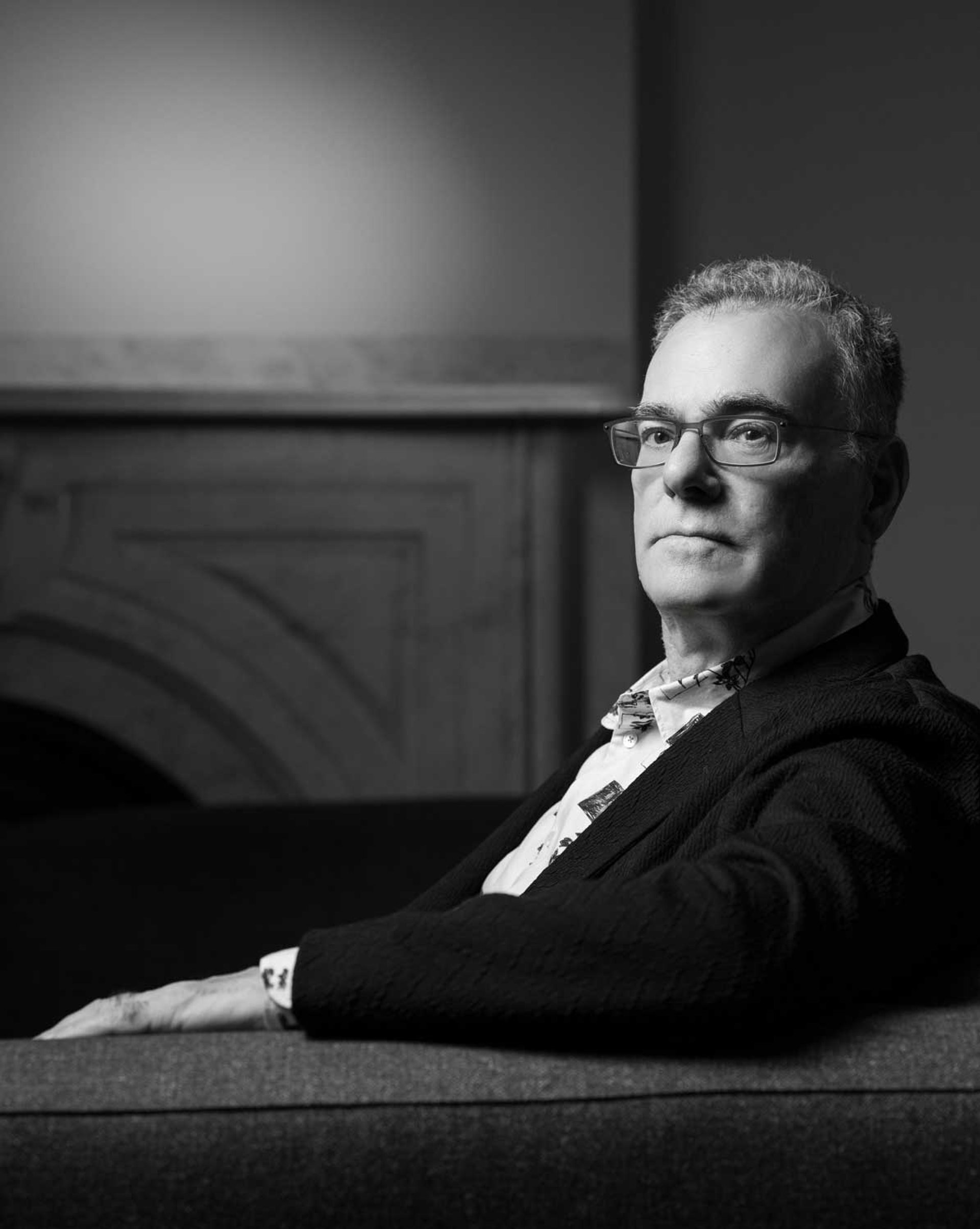
Evan Mirapaul, founder of Troy Hill Art Houses
Photo: © Rebecca Kiger
“I liked that you got off the ferry, and there’s a map, and you’d say, ‘Oh, let’s go see the James Turrell house’,” Mirapaul says of his experience at Naoshima. “And you see a woman working in her garden or a man coming home with his groceries, and then there’s the Turrell house. It resides within people’s regular lives, without any particular fanfare or ceremony. Those three tenets really spoke to me, so I stole them absolutely wholesale when I thought maybe I could do a project like that on my own.”
It wasn’t until Mirapaul moved from New York to Pittsburgh that he was able to realise that ambition. “I was actively looking for possibilities,” he says. “I didn’t think that it would be in my neighbourhood, but I was definitely thinking about it. Then, just by happenstance, a house two blocks away from me came up in a sheriff’s sale and I got it for $9,000, and we were off and running.”
The first Troy Hill Art House, La Hütte Royal by the German artist Thorsten Brinkmann, which has the feel of a carnival funhouse or quirky clubhouse, opened in 2013. New additions were added to the artistic neighbourhood every few years, starting in 2016 with Kunzhaus, the Polish artist Robert Kuśmirowski’s psychologically charged installation, and Darkhouse Lighthouse, by the Pittsburgh-based artists Lenka Clayton and Phillip Andrew Lewis, in 2022. Last October, Mark Dion unveiled Mrs. Christopher’s House, a full-sized expansion of his usual natural history-inflected installations. And later this year, Brinkmann is revisiting and expanding on his project by transforming a kitchen and bedroom in the house, which had been previously left relatively “normal” in order to pass building safety requirements, as well as taking over the home’s backyard, with a reopening of La Hütte Royal planned for October.
Mirapaul is always mindful, however, of his non-art neighbours, and each project is undertaken with the aim of having as minimal an impact as possible. For that same reason, the houses are open by appointment only.
“I’m sure that I have plenty of neighbours who have anything from no interest to actual antipathy towards contemporary art, and they can coexist with it very quietly because it’s not in their face,” he says. “We try very hard to be part of the community, not a problem in the community.” This even means that, on one occasion, a house Mirapaul bought to turn into an art installation was instead restored as a regular home and sold to a local family. “What I don’t like to do is to be a gentrifier,” he says.
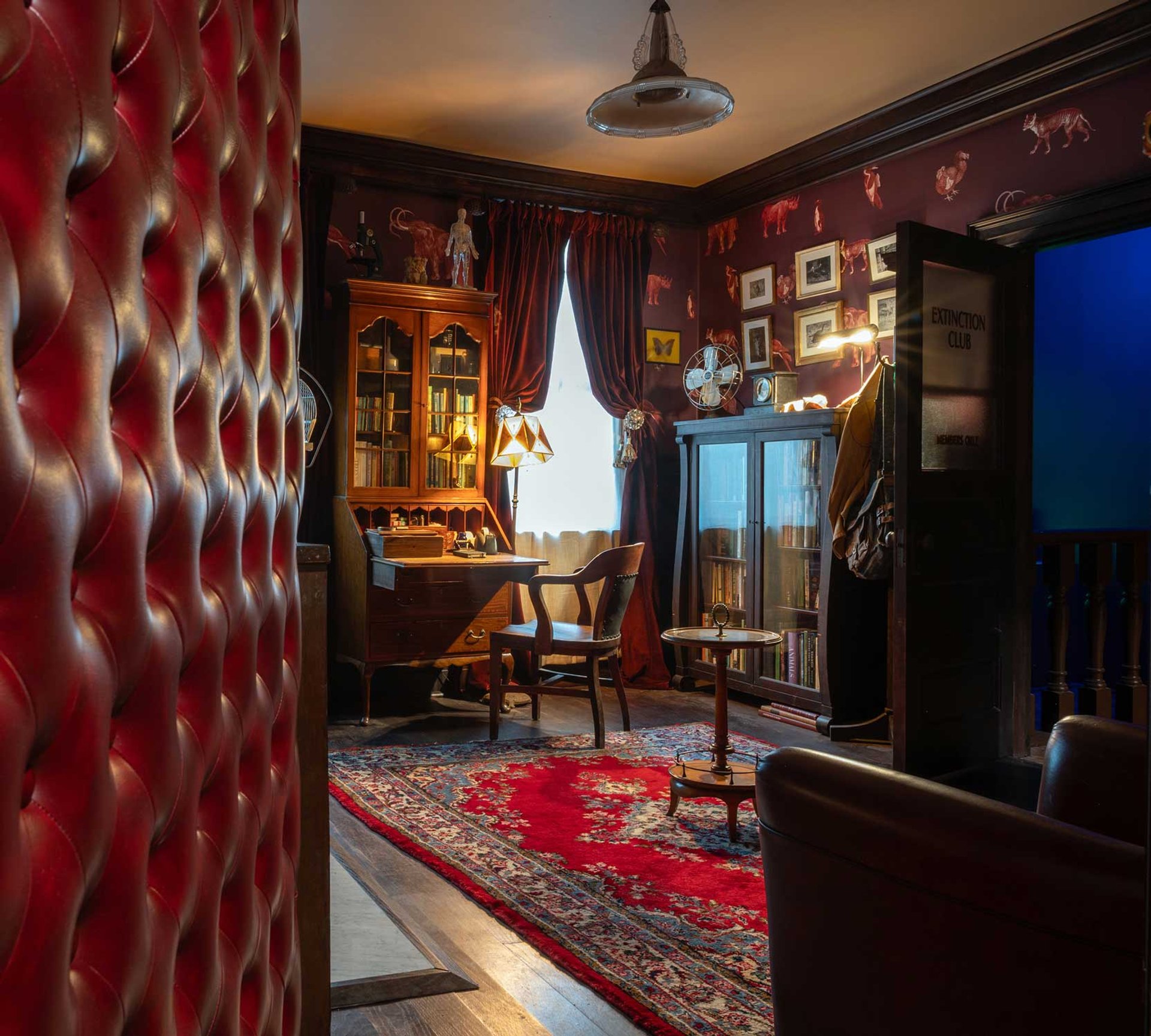
The American artist Mark Dion’s Troy Hill Art House project, Mrs. Christopher’s House, which opened in 2024
Courtesy Jessica Steigerwald
So does that mean Mirapaul’s days of artistic commissioning are over? “I thought Mark Dion’s house would be the last, but there is one more house that I’ve been trying to get for 15 years,” he says. One of the personal rules he follows is that he only chooses houses where an art project is the last good option, and this house would fit that bill: “It’s such a wreck, it’s been vacant for years, so there are three possibilities for it: me, some slumlord rental, or somebody with enough capital to demolish it and start over.”
If he is able to secure this fifth house, Mirapaul will then start thinking of an artist to hand it over to. “For at least three of the artists, [this project] seemed like a natural extension of what they already do,” he says. “I’m sure when the right artist comes across my bow, then I’ll feel that way as well, like this person has been waiting their whole life to be given this canvas.”
• Visits to Troy Hill Art Houses are by appointment at troyhillarthouses.com


